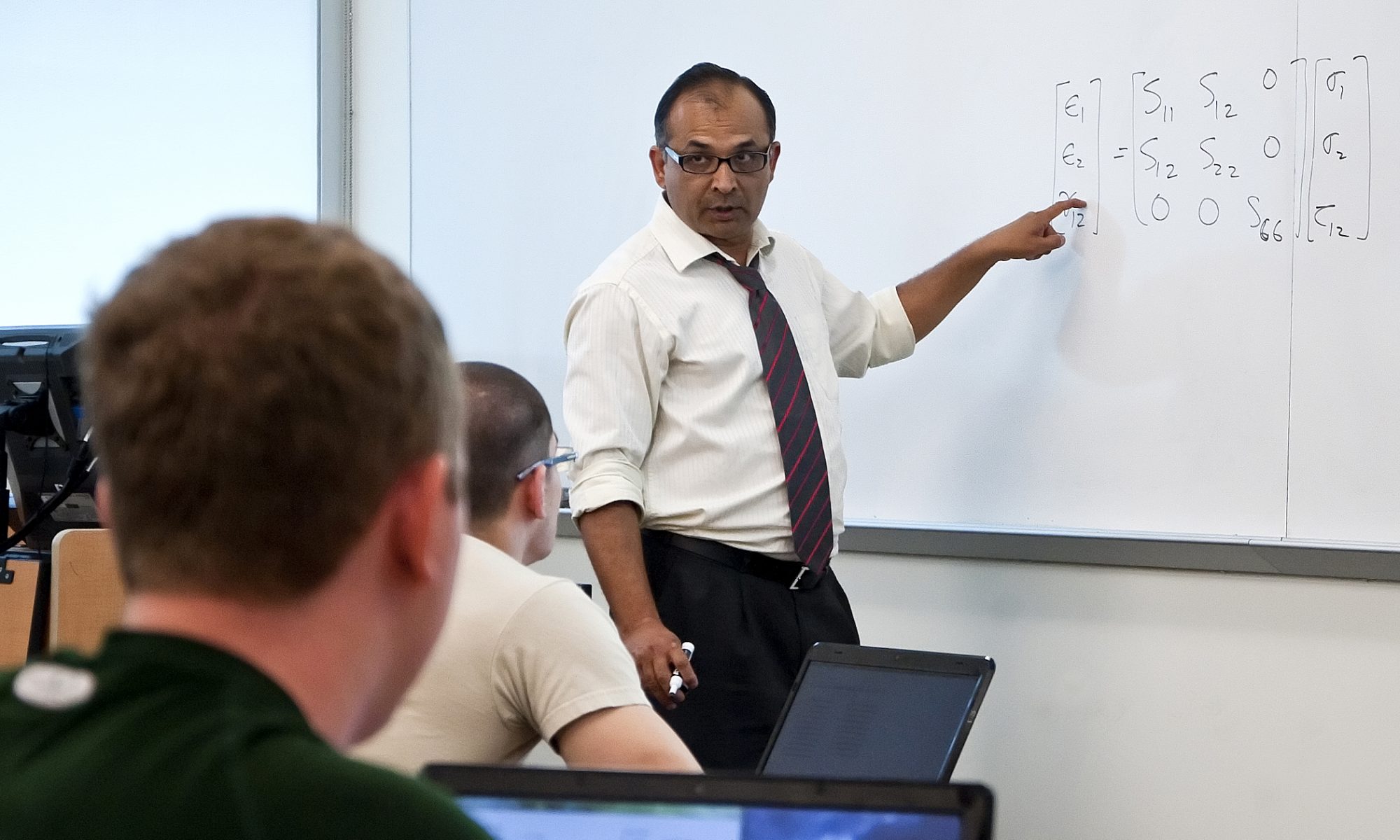The effectiveness of four instructional delivery modalities
- Traditional lecture,
- Web-enhanced lecture,
- Web-based self-study and
- Web-based self-study and classroom discussion (nowadays called as a flipped class),
was investigated for a single instructional unit (Nonlinear Equations) over separate administrations of an undergraduate engineering course in Numerical Methods. Two assessment instruments – student performance on a multiple-choice examination and a student satisfaction survey – were used to gather relevant data to compare the delivery modalities. Statistical analysis of the assessment data indicates that the second modality, in which Web-based modules for instruction were used during face-to-face lecture delivery mode, resulted in higher levels of student performance and satisfaction.
| Average final examination results (maximum score of 4) and average student satisfaction level (1 – truly inadequate to 7 – truly outstanding) for different instructional delivery modalities | ||||
| Modality | Traditional | Web-Enhanced | Web-Based Self Study | Self Study & Class Discussion |
| Exam Performance | 2.2 | 2.5 | 2.3 | 2.7 |
| Satisfaction Level | 4.5 | 5.8 | 4.3 | 4.7 |
Related Journal Papers
A.K. Kaw, M. Hess, “Comparing Effectiveness of Instructional Delivery Modalities in an Engineering Course”, International Journal of Engineering Education, pp. 508-516, Vol. 23(3), (2007). Link to Article
A.K. Kaw, G.H. Besterfield, J. Eison, “Effectiveness of a Holistic & Customized Approach to Teaching Numerical Methods”, International Journal of Engineering Education, pp. 712-722, Vol. 21 (4), 2005. Link to Article
